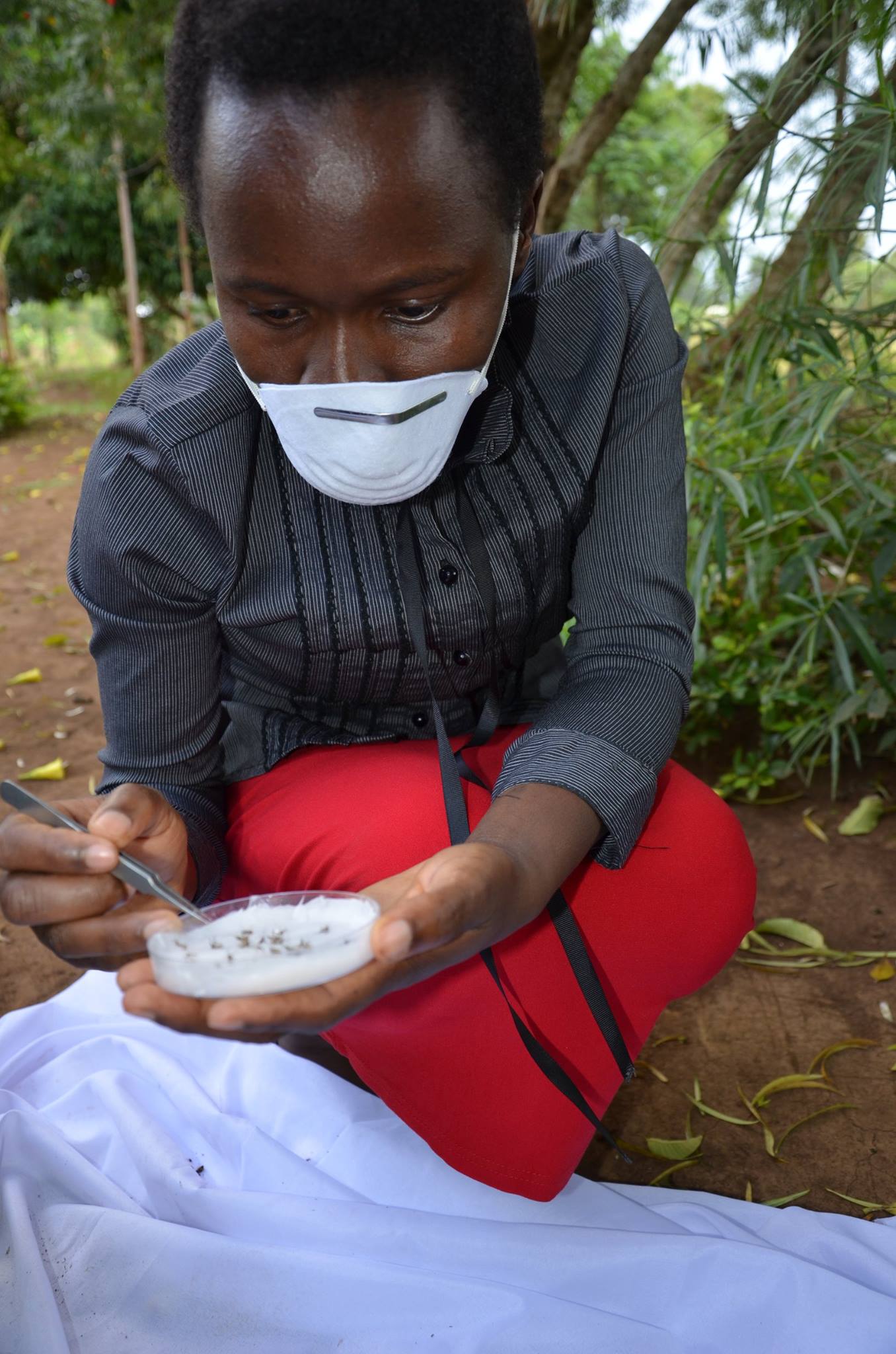 Malaria remains the leading cause of morbidity and mortality in Burundi. In 2016, the number of malaria cases reached 8.3 million, out of a population of 11 million. The malaria epidemic is concentrated in the eastern, central, and northern parts of the country. The most important determinant of this situation is an increase in the number of vectors transmitting malaria. A mass distribution campaign of mosquito nets was conducted in December 2019 with the support from the Global Fund, UNICEF, and USAID. The campaign has distributed 6,784,254 insecticide-treated nets (ITNs) including standard deltamethrin-based nets (Yorkool) and PBO nets (Permanet 3.0). This ITN distribution is expected to increase ITN ownership – measured as the proportion of households owning at least one ITN – at 96.7% according to the mass distribution campaign report. The monitoring of mosquito populations and behaviors are critical for evidence-based planning to control malaria in Burundi.
Malaria remains the leading cause of morbidity and mortality in Burundi. In 2016, the number of malaria cases reached 8.3 million, out of a population of 11 million. The malaria epidemic is concentrated in the eastern, central, and northern parts of the country. The most important determinant of this situation is an increase in the number of vectors transmitting malaria. A mass distribution campaign of mosquito nets was conducted in December 2019 with the support from the Global Fund, UNICEF, and USAID. The campaign has distributed 6,784,254 insecticide-treated nets (ITNs) including standard deltamethrin-based nets (Yorkool) and PBO nets (Permanet 3.0). This ITN distribution is expected to increase ITN ownership – measured as the proportion of households owning at least one ITN – at 96.7% according to the mass distribution campaign report. The monitoring of mosquito populations and behaviors are critical for evidence-based planning to control malaria in Burundi.
In year five (October 2021 – September 2022), PMI VectorLink supported the NMCP to conduct entomological monitoring, insecticide resistance monitoring, ITN durability monitoring, and provide indoor residual spraying (IRS) technical assistance in the country. The project’s primary objective is to strengthen the national capacity in vector surveillance. The support included technical assistance; collection of data on vector species composition, behavior, and susceptibility to the main classes of insecticides used in vector control; the operationalization of nine sentinel sites; and development of national human resources for entomological surveillance.
Insectary and Laboratory Activities:
- Supported the NMCP to manage the insectary, maintained the mosquito colonies.
- Ensured all activities in the insectary following the standard protocols.
- Transferred technical skills and insectary management to the NMCP.
Field Activities:
- Conducted insecticide susceptibility tests on mosquitoes collected from one site per each of the nine provinces, for a total of nine sites. The following insecticides were tested, in order of priority: clothianidin, pirimiphos-methyl, deltamethrin+PBO, permethrin, permethrin+PBO, alpha-cypermethrin, alpha-cypermethrin+PBO, chlorfenapyr and bendiocarb.
- In collaboration with the NMCP, supported capacity building of health centers with entomological monitoring activities and reporting at sentinel sites with regular support on mosquito identification and dissection in two of the existing sentinel sites (Mpanda and Mutaho). At Mpanda, vector density was leading to a high workload for two technicians at Mutaho (the new sentinel site), the technicians need more experience to run activities at the sentinel site. The support to all other sites was limited to the provision of material and consumables, per diem and remote technical support.
- Supported the NMCP in field entomological data collection to ensure a complete data set that will inform decision making on program activities for upcoming years.
- Monitored the insecticide (Fludora Fusion) decay rate through cone bioassay tests at Muyinga and Kiremba where IRS was implemented with Global Fund support.
- Implemented 24-month durability monitoring of ITNs through PSI in Vumbi and Gashoho districts.
National-Level Support:
- Supported the NMCP in planning and implementation, data collection, protocol/guideline development for IRS.
- Contributed to the training of a national pool of IRS supervisors.
- Trained and supported NMCP technicians in entomological surveillance techniques of malaria vectors.
- Strengthened skills on data management, insectary management, and entomological monitoring at the sentinel sites through on-the-job-training and coaching.
- Trained and supported NMCP leadership on reporting and using vector control data for decision making at the national level.

